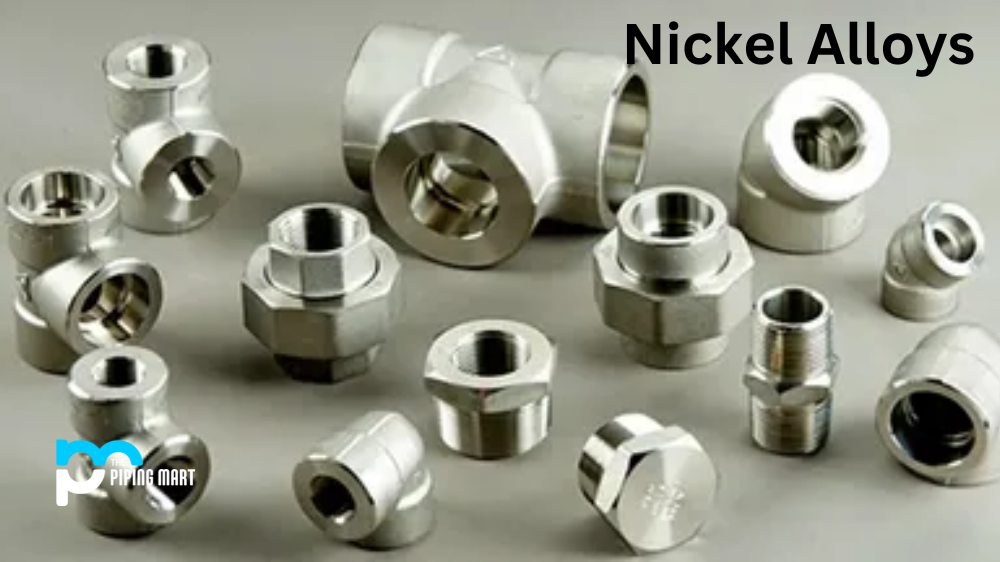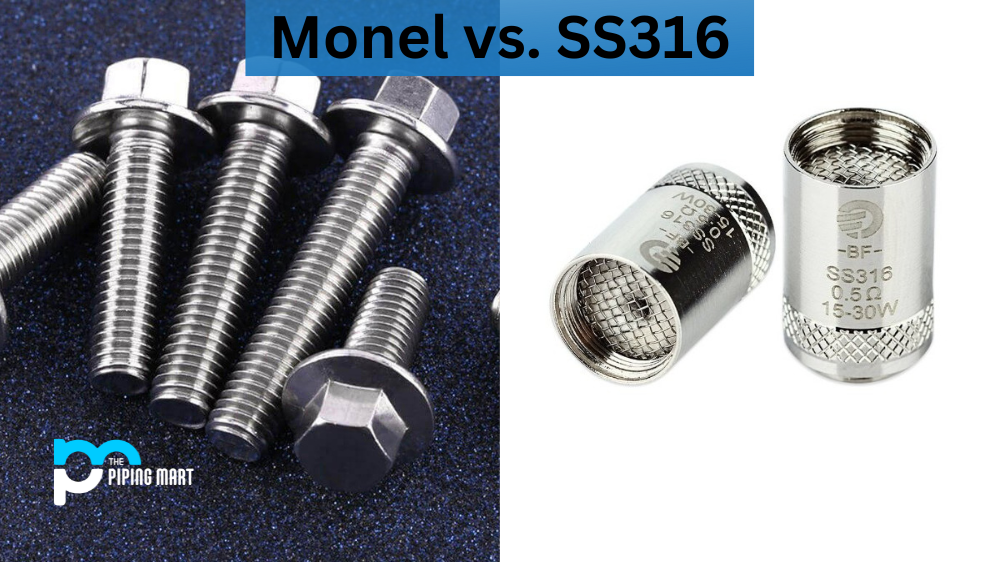When it comes to materials used in construction, two of the most popular are carbon fiber and carbon steel. But which one is better for your project? Let’s take a look at the pros and cons of each material, so you can make an informed decision.
What is Carbon Fiber?
Carbon Fiber is a lightweight material that offers an excellent strength-to-weight ratio and durability. It is also corrosion-resistant and can be used in extreme temperatures due to its low thermal expansion rate. As a result, it has become increasingly popular in the aerospace industry as well as other industries where weight savings are critical. Additionally, it is more flexible than steel, making it an ideal choice for parts that require flexibility or shock absorption.
However, it does have some drawbacks as well. It is expensive compared to other materials and requires special tools for cutting and shaping due to its strength and durability. Additionally, carbon fiber parts must be made with precision since they cannot be welded or soldered as steel parts can be.
What is Carbon Steel?
Carbon Steel is much less expensive than carbon fiber and is easier to weld or solder because of its malleability. It also has an excellent strength-to-weight ratio, so you get good performance without using excess material. However, unlike carbon fiber, it does not have great corrosion resistance or thermal stability, so you need to use protective coatings when using steel outdoors or in extreme temperatures. Additionally, steel is heavier than carbon fiber, so if weight savings are important for your project, then steel might not be the best option for you.
Difference Between Carbon fiber and Carbon steel
Properties
Carbon fiber is much lighter than carbon steel, making it ideal for applications where weight is a critical factor, such as in the aerospace industry. Carbon fiber is also much stronger than carbon steel, making it ideal for applications where strength is important, such as in the automotive industry. However, carbon fiber is more expensive than carbon steel and is not as widely available.
Applications
Carbon fiber is used in a variety of applications, including aerospace engineering, automotive engineering, and sporting goods. Carbon steel is used in a variety of applications, including construction, manufacturing, and pipelines.
Advantages
The main advantages of carbon fiber over carbon steel are its lighter weight and higher strength. The main advantage of carbon steel over carbon fiber is its lower cost.
Disadvantages
The main disadvantages of carbon fiber over carbon steel are its higher cost and lower availability. The main disadvantage of carbon steel over carbon fiber is its heavier weight.
Conclusion:
Whether you choose carbon fiber or carbon steel for your project depends on a variety of factors, including cost, desired performance characteristics, and ease of fabrication. Carbon fiber may be more expensive, but its superior strength-to-weight ratio means that you can achieve better performance without sacrificing weight savings, while carbon steel may cost less but lack some of the performance benefits associated with stronger materials like carbon fiber. Ultimately, the decision rests with you, so do your research before making a commitment either way!
Sakshee is a talented blogger, with a particular focus on the Business and Metal Industry. She is passionate about sharing her insights on various metal products and helping professionals to make a better decisions.




